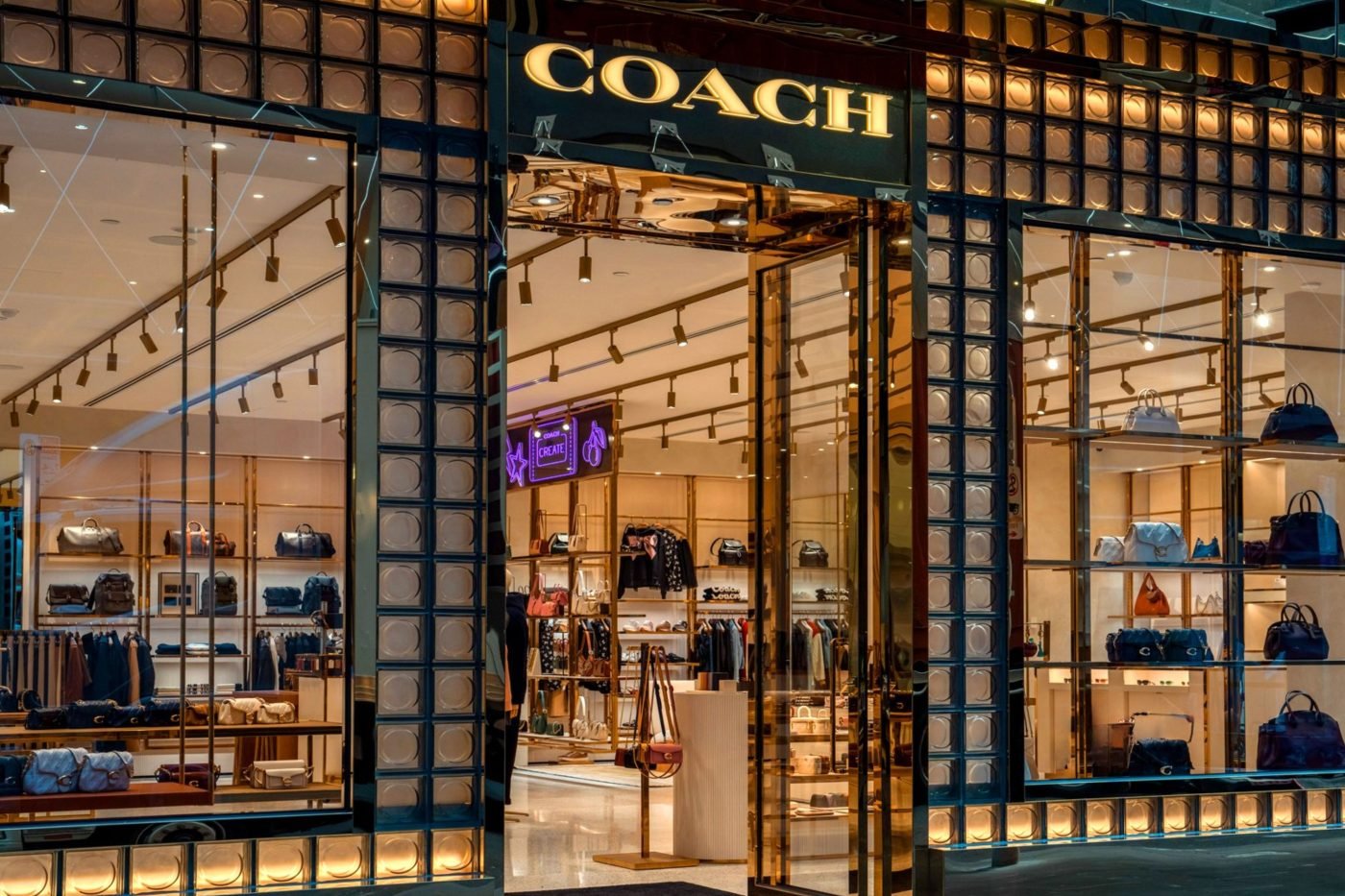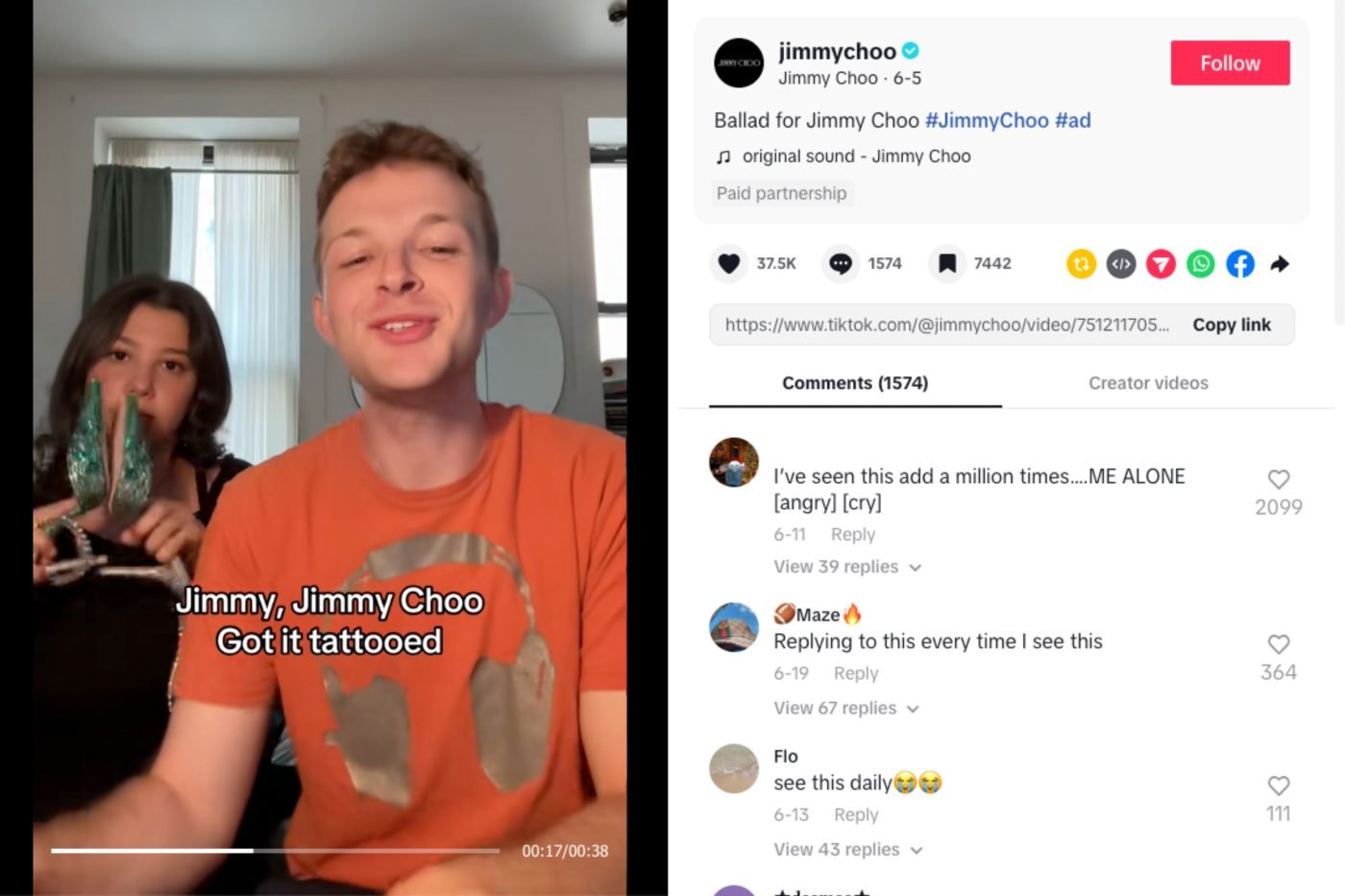- Gen Z are cutting back on daily indulgences to fund statement luxury pieces with emotional and social currency.
- Visibility now outweighs ownership. If it can’t trend online, it’s not luxury.
- Australia’s luxury scene is already shifting, with younger, content-driven shoppers reshaping what value looks like.
These days, you can’t open your feed without seeing another luxury brand supposedly weathering “turbulent headwinds” or “macro headwinds” or whatever the term of the week is.
And yet, the luxury market is still selling. Not at the giddy pace of the pandemic years that saw billionaire CEOs presumably running out of champagne to celebrate another record quarter. But still, selling.

Bain’s mid-year outlook calls 2025 the choppiest year in over a decade, with a mild contraction in personal luxury goods, and spending shifting by region rather than collapsing outright.
The long game still looks healthy; the players are seemingly adding items of value to their niche collections, rather than reacting to an unpredictable market that could see their investment disappear quicker than the next Instagram story.
Curated news for men,
delivered to your inbox.
Join the DMARGE newsletter — Be the first to receive the latest news and exclusive stories on style, travel, luxury, cars, and watches. Straight to your inbox.
Even LVMH, after months of awkward footing, has bounced back, adding another $29 billion to Bernard Arnault’s net worth overnight. But beneath those headlines lies a quieter, far more disruptive story: Generation Z are changing the rules, and brands need to adapt to the new tempo.

Now I should preface this by confirming these are not the high-spending legacy clients or the mid-career professionals looking to pick up a Rolex GMT-Master to keep their OP company.
This is the impressionable cohort of digital natives redefining what luxury looks like, how it’s purchased, how it’s enjoyed, how it’s appreciated, how it’s shared. Experts are making out that Gen Z aren’t spending anymore. Luxury is dead. Wrap it up. But the numbers paint a slightly different picture.
This generation, whilst not directly rebelling against opulence, are certainly more pragmatic in its approach to indulgence in the new luxury market.
The small stuff, avacado toasts, another streaming service, the second coffee of the day, is out, replaced by packed lunches, reduced subscriptions, and a cup of tea in the office. It’s allowed the savvy Gen Zers to pick up more meaningful purchases, rooted in research and proof of taste, seemingly insulated from trends.

That $1000 Coach bag, the limited-edition sneaker, and Cartier watch filmed in portrait mode with impeccable lighting are all digital currency, meant to be seen. It’s a farcry from the habits of older generations, where subtlety and “quiet luxury” would be able to tell you everything about the wearer’s status.
Yet, for Gen Z, owning a luxury piece means nothing if it can’t live online. A bag may carry your keys and a lighter but not before it’s spent an hour in hair and makeup, getting ready for it’s 15 minutes of TikTok fame, where it’s captured, edited, filtered, looped, shared and liked.
The camera has replaced the shop window, and brands that still design for the boutique instead of the screen are falling behind.

Of course, decades (sometimes centuries) of craftsmanship are impressive, but what really sells is credibility in the algorithm. A short-form video from the right creator can outsell a six-figure print campaign. Gen Z buy because they saw it, not because they were told about it.
New TikTok research shows the platform has become one of the fastest-growing channels for luxury discovery, decision-making and even direct purchase, with two-thirds of first-time luxury buyers now citing social media as their entry point.
That’s not to say the younger luxury buyer is head to toe in Hermes and Prada. More often than not, that statement piece is paired with thrifted Ralph Lauren sweaters or Uniqlo basics. They’re still chasing prestige, but they do it so with efficiency. It’s really that simple.

In Australia, these shifts are already visible on city streets with international tourism climbing, especially from younger Chinese travellers who blend content creation with consumption.
Sydney and Melbourne boutiques are seeing the return of high-intent Gen Z shoppers who know exactly what they want to film and how they want the final edit to look before they’ve even crossed the high street threshold.
Against this backdrop, the macro story of Trump’s tariffs and China’s slower rebound offer some context, but feel slightly divorced from this trend.
Gen Z is no longer scouring the web for an age-old brand story that has perhaps started to lose its cultural relevance. This younger generation of consumers want value from their brands and validation from their followers. If the market fails to adapt to that reality, the next generation of luxury will simply move on without them.

